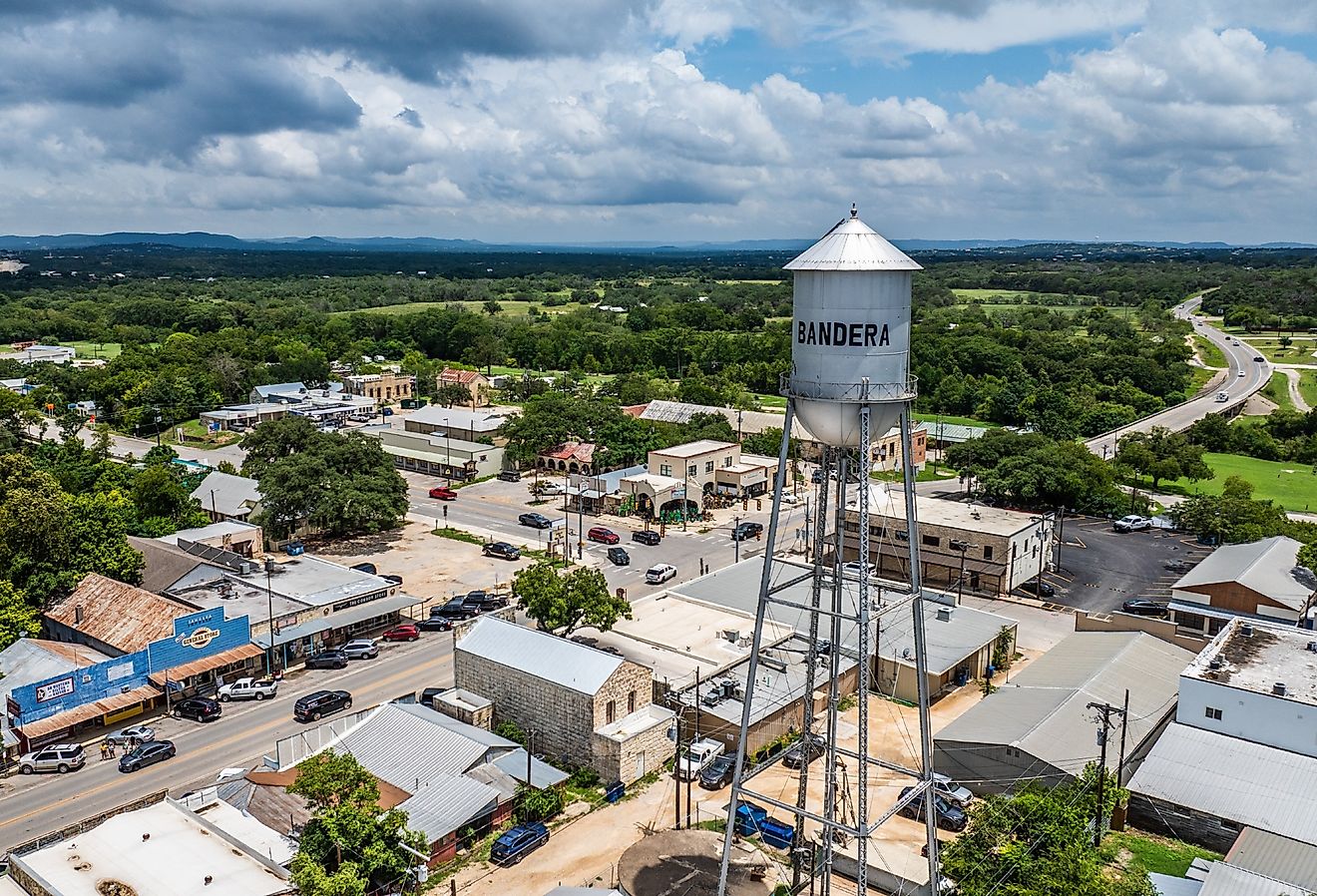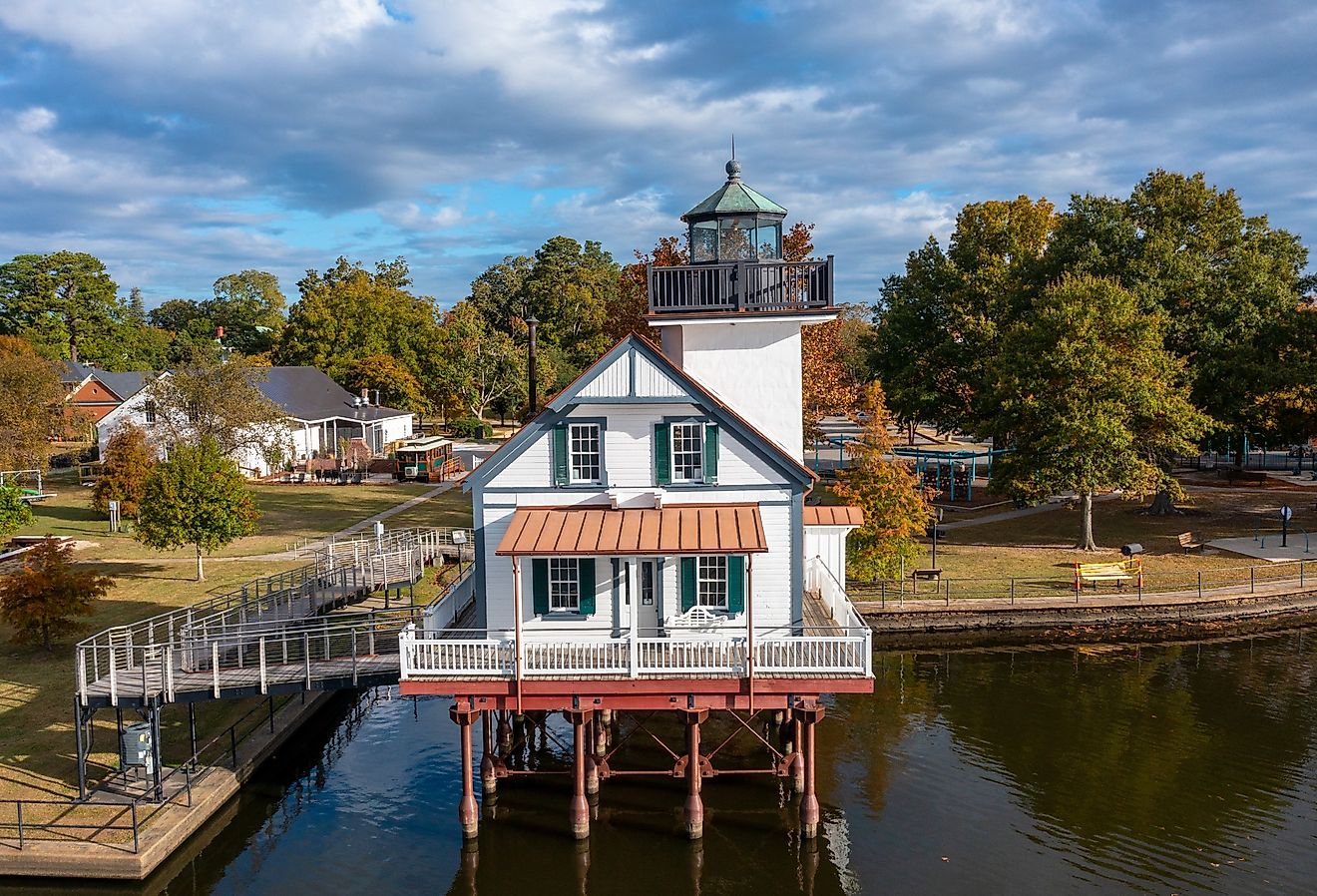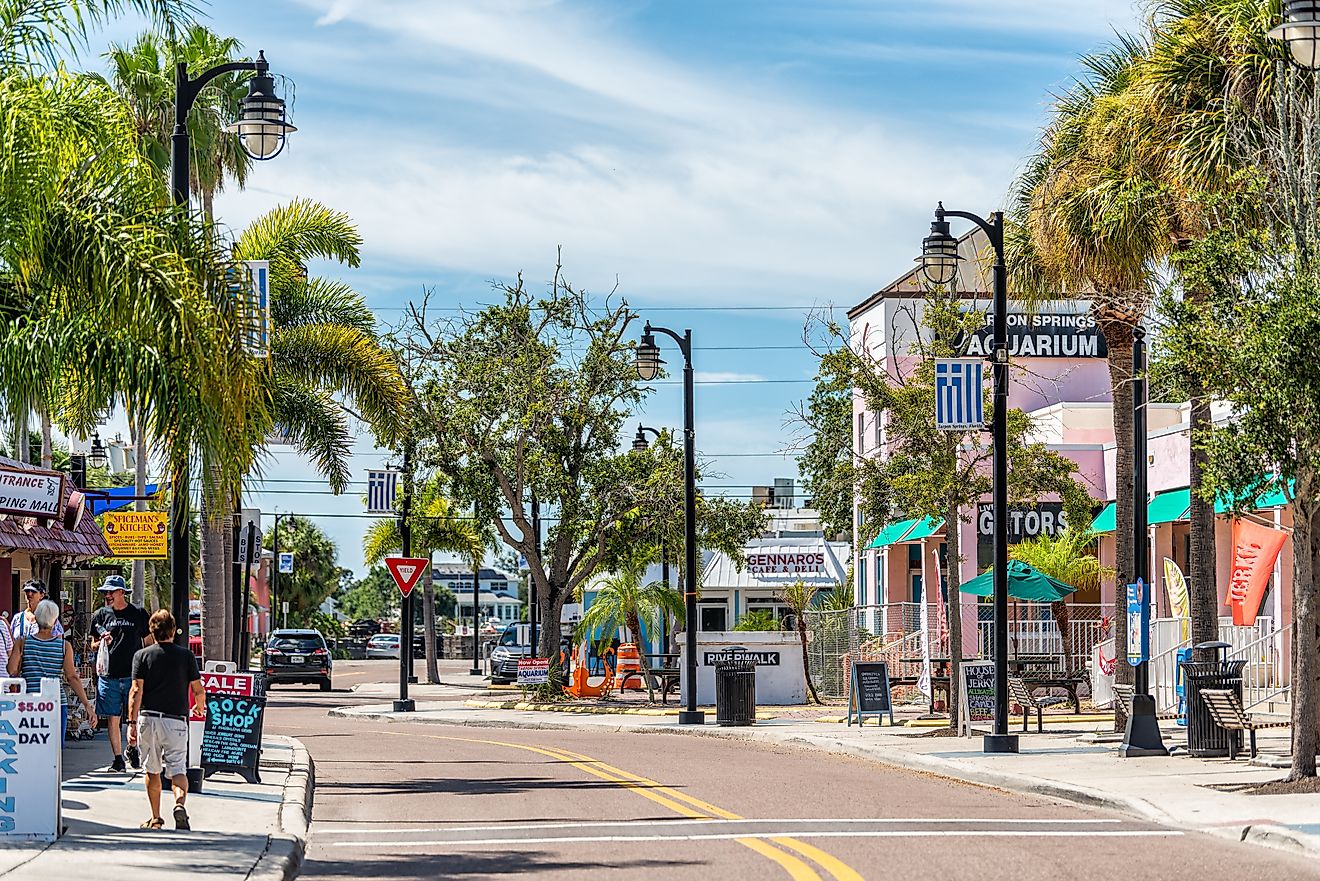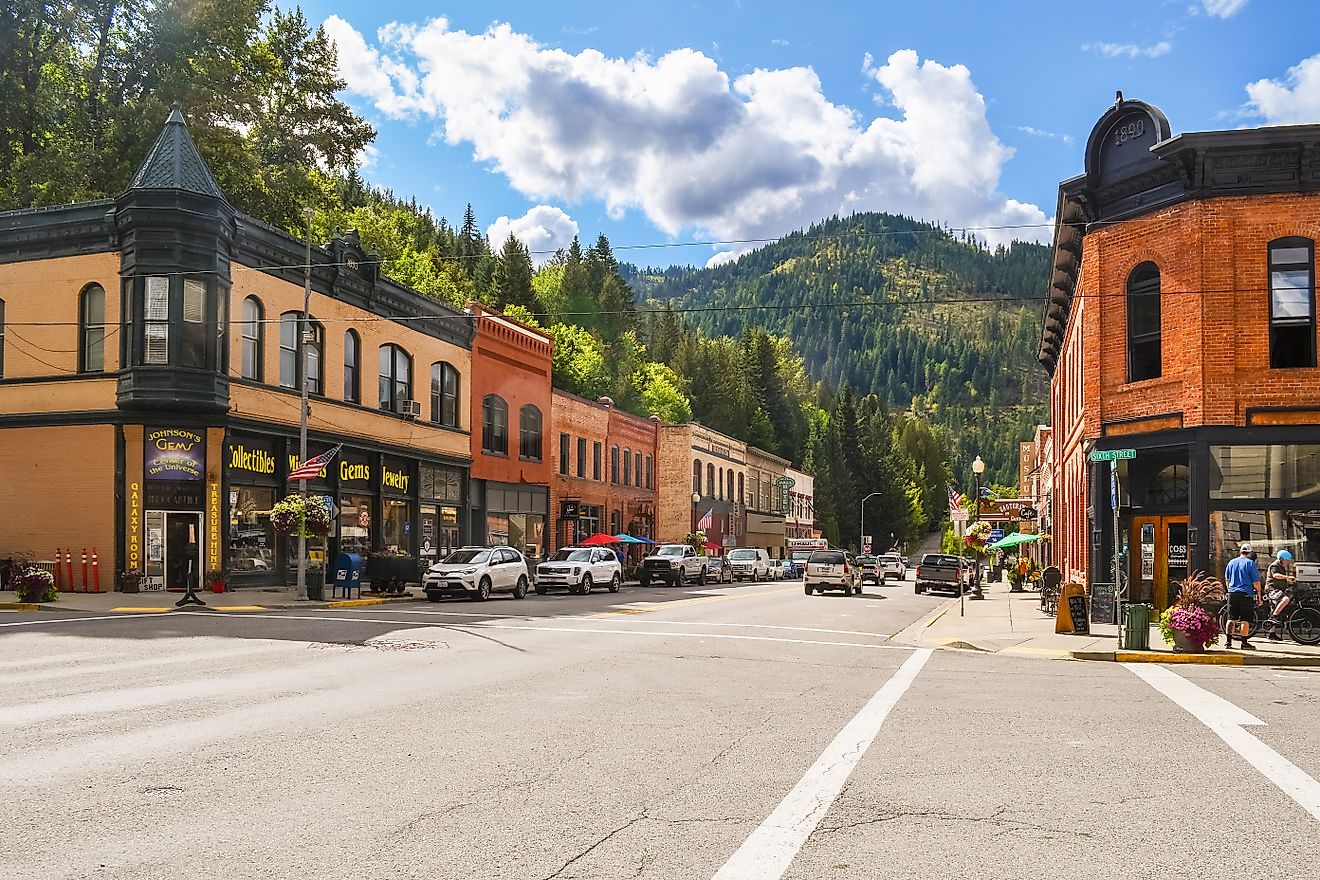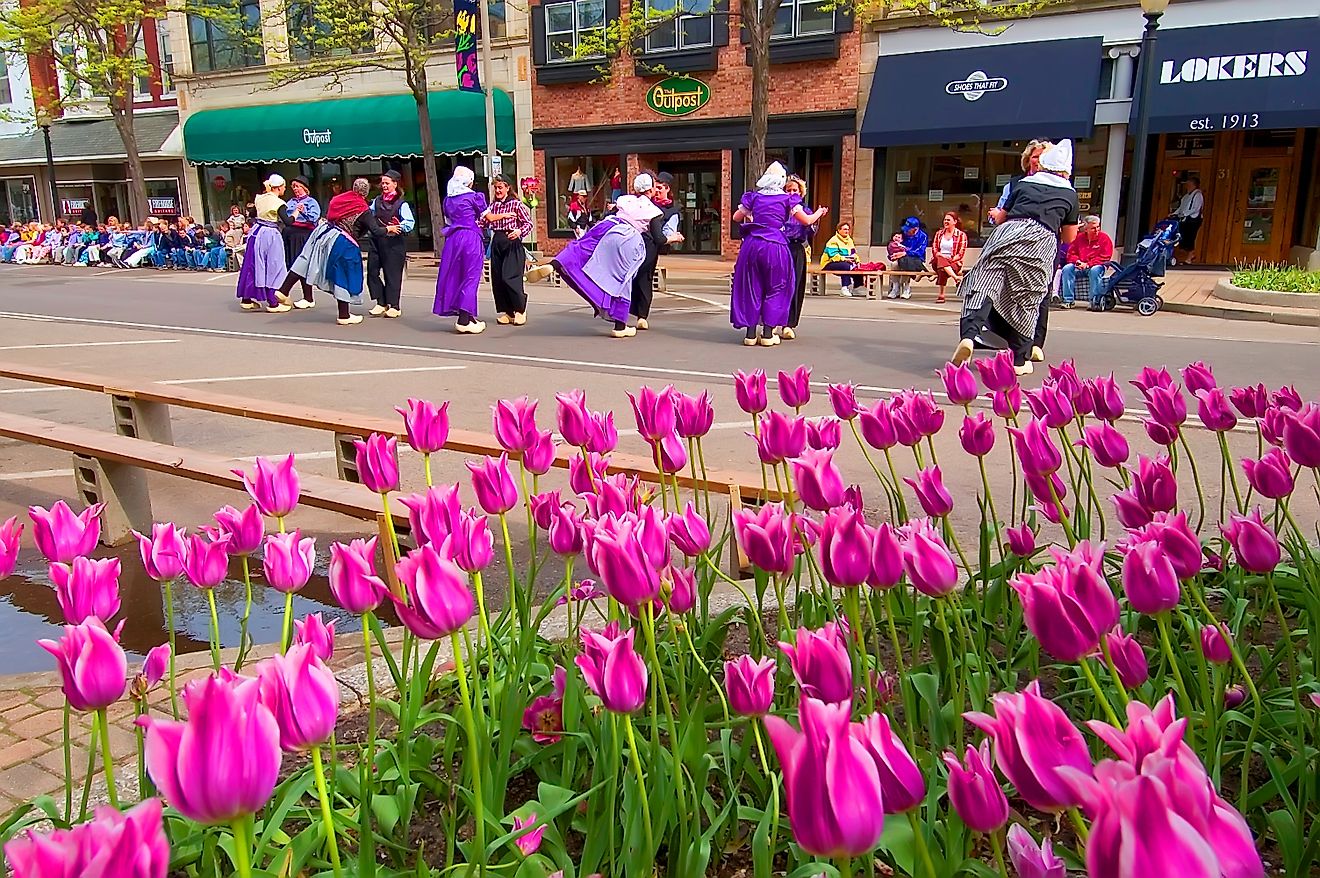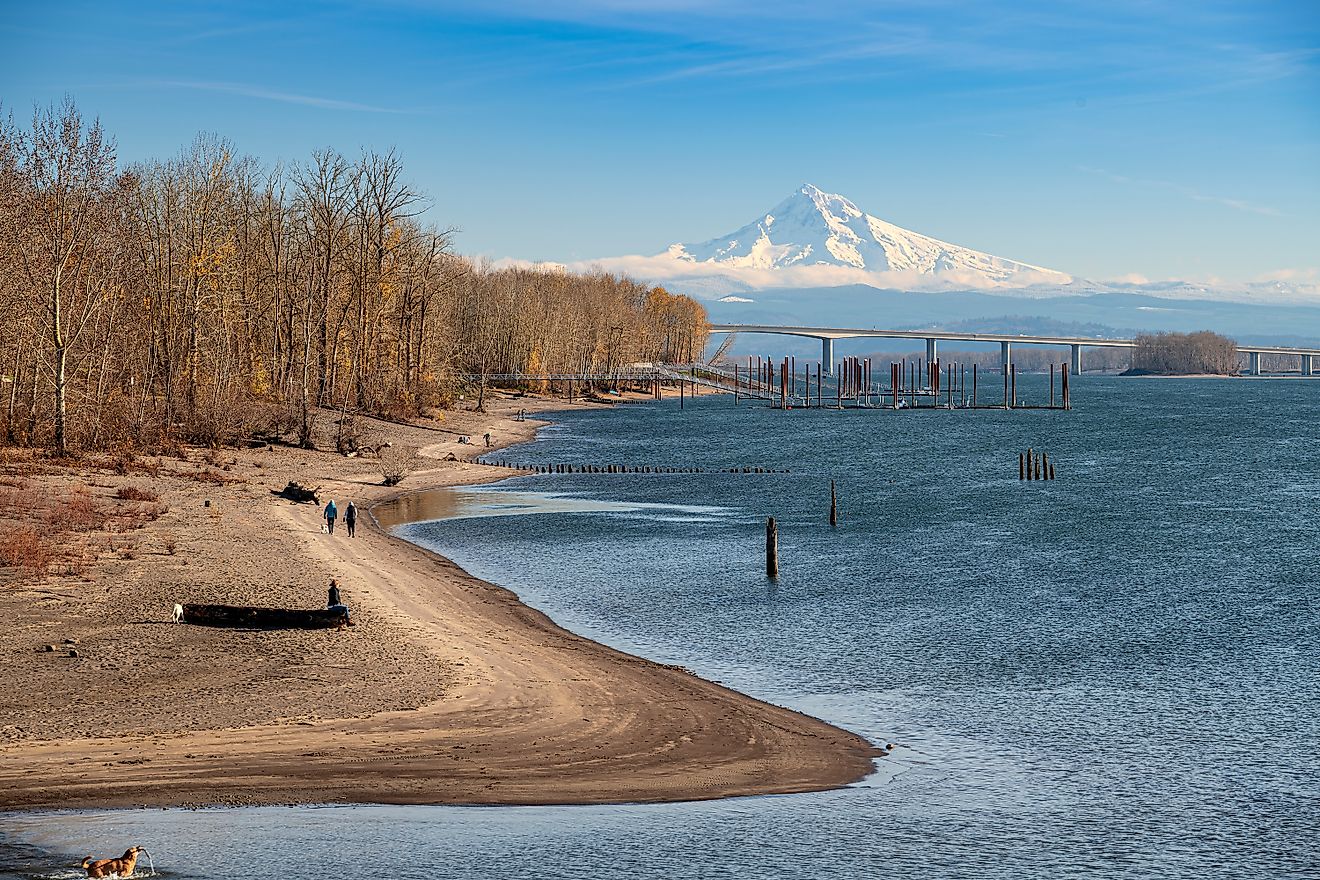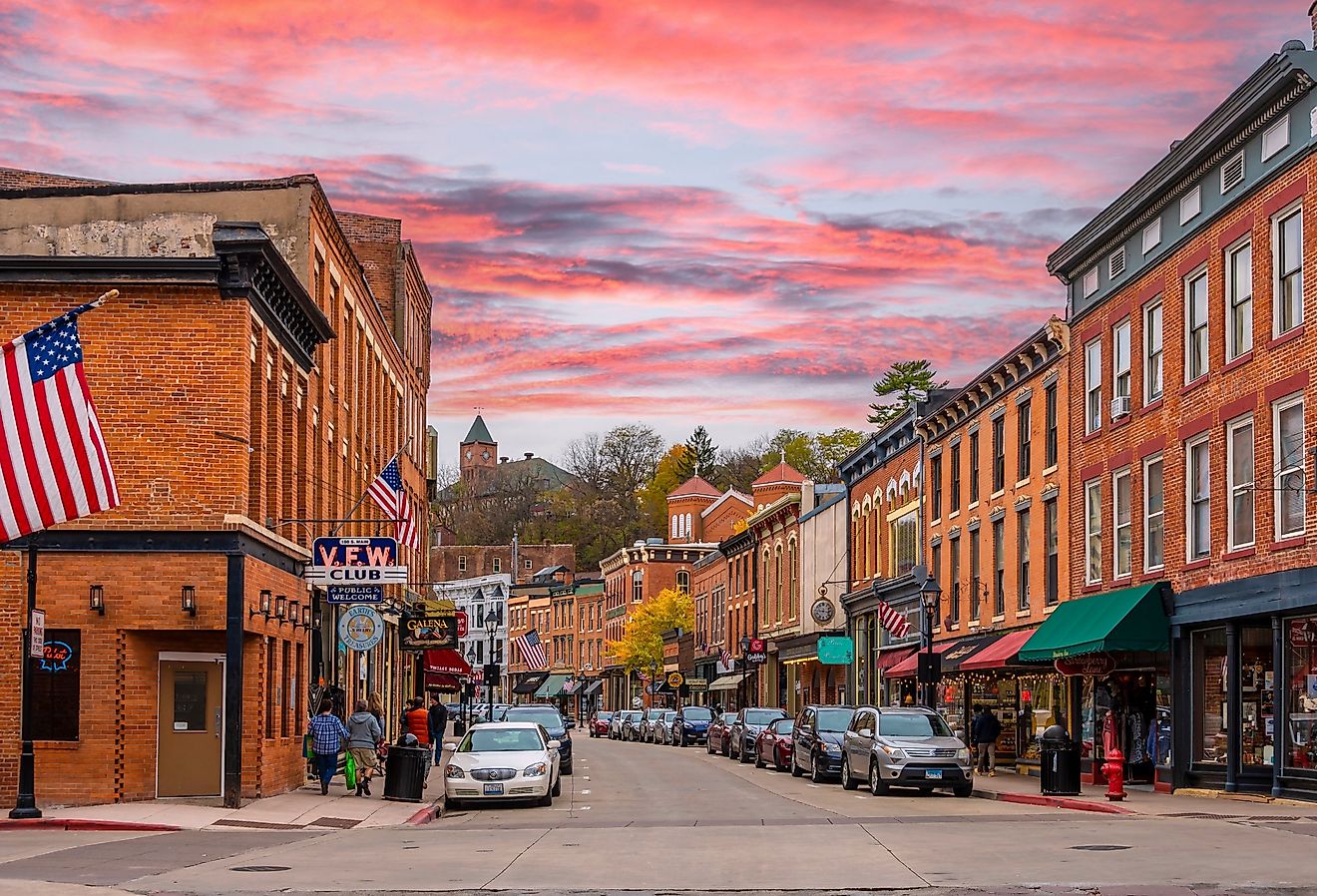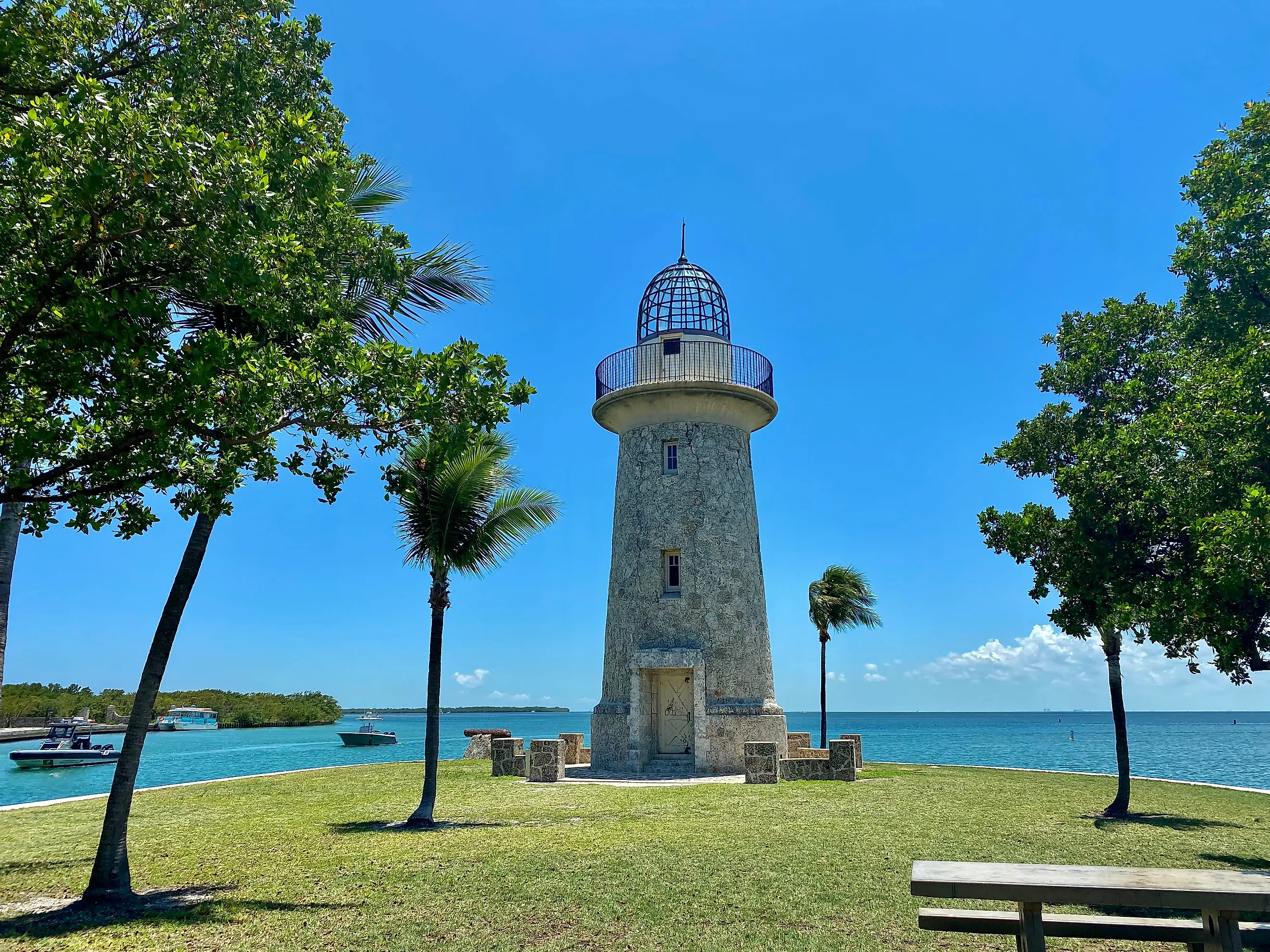
Dive Into Biscayne National Park’s Coral Gardens and Shipwrecked Maritime History
While we often associate southern Florida with its sugar beaches and vibrant nightlife, beyond Miami’s skyline, an underwater wonderland awaits at Biscayne National Park. With most of the park under the sea, visitors can live out their treasure hunting and Little Mermaid fantasies. Whether snorkeling to vibrant coral gardens or diving to century-old shipwrecks, the ocean’s charms and mysteries await. Paired with bay excursions, palm-shaded islands, and marine wildlife as far as the eye can see, Biscayne National Park invites you to dive into its splendor.
Location And Geography
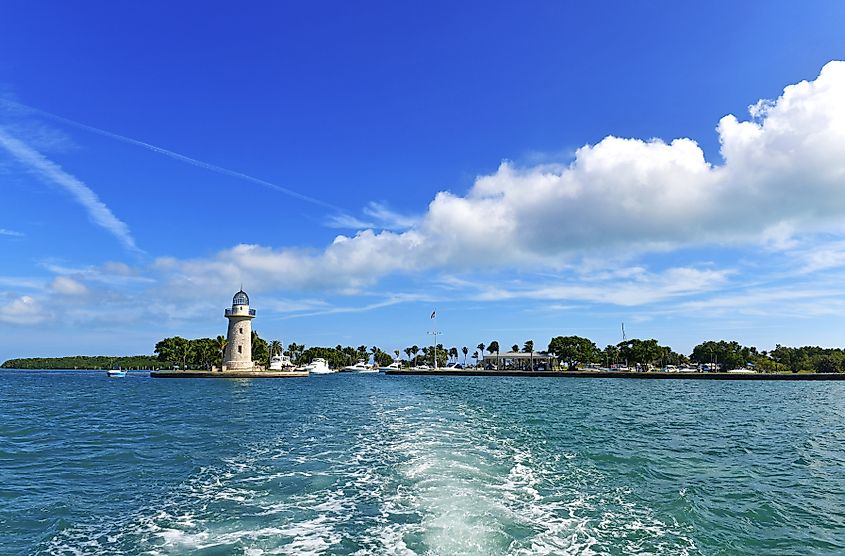
Located around 20 miles south of Miami, Biscayne National Park spans forty-two subtropical islands from the Florida Keys to a group of coastal barrier islands. However, around 95% of the 172,924-acre park is underwater, meaning much of it is only accessible by boat.
The park is renowned for its biodiversity, with habitats ranging from mangrove forests to underwater meadows, housing hundreds of diverse marine species. Underwater excursions are especially popular for viewing the park’s vibrant coral gardens and underwater ecosystems, including a segment of the world's third-largest coral reef. Encompassed by Biscayne Bay and the Atlantic Ocean, this national park is a diver’s paradise.
A Brief History Of Biscayne National Park
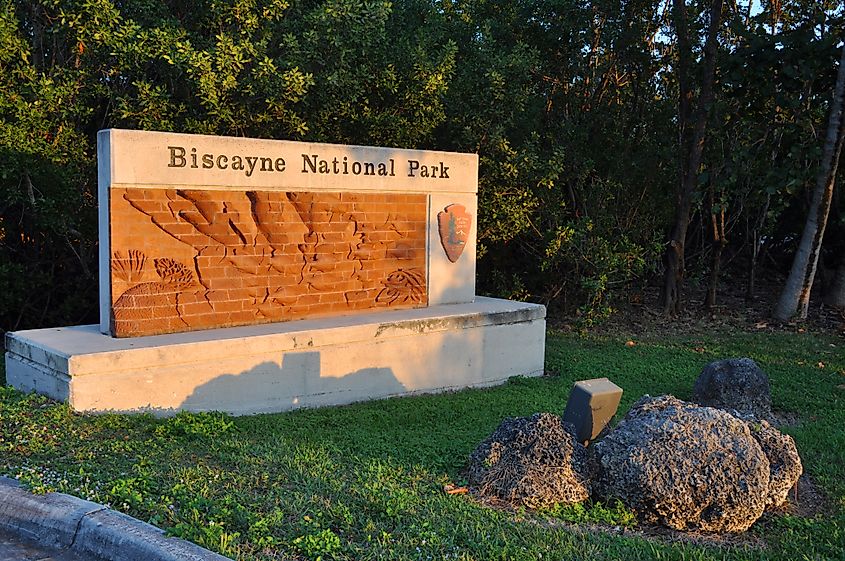
In the early 1950s, newfangled prosperity inspired a number of Americans to vacation and relocate to Florida’s archipelagos. Since the Florida Keys proved popular, a select group quickly recognized a need for environmental preservation. In order to preserve their coastal paradise, they would need to prevent excessive development.
Luckily, President Lyndon Johnson agreed, establishing the Biscayne National Monument in 1968. Over a decade later, in 1980, the monument was transitioned into a National Park, curating a balance between conservation and tourism. That year, 248,071 people visited the park, and in 2021, the numbers grew to a whopping 705,655.
As of 2025, Biscayne National Park is one of the most-visited national parks in Florida. Thanks to conservation efforts, wildlife lives in harmony with the tourists visiting to escape the congestion of city life. Visitors are especially captivated by the park’s reefs and shipwrecks, making it a world-renowned diving and snorkeling destination.
Unique Natural Phenomenon: The Wondrous Biscayne Bay
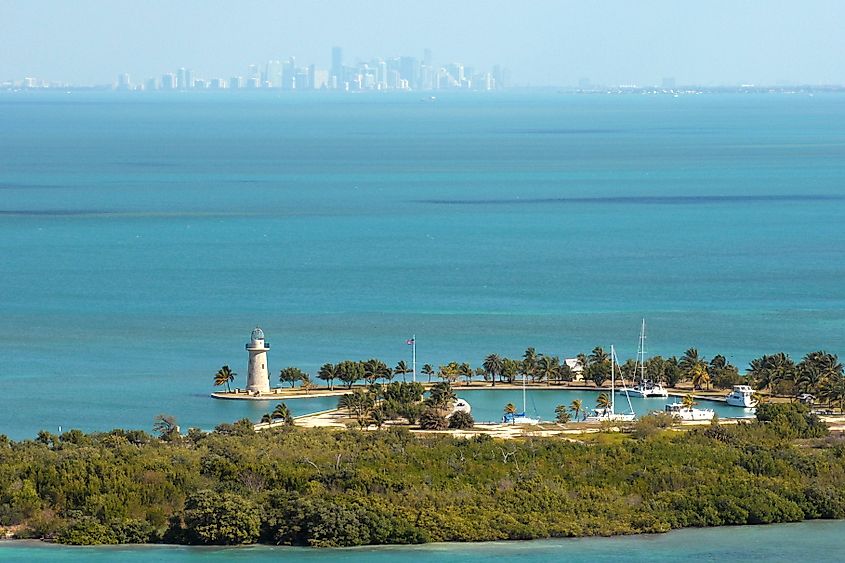
Biscayne Bay, the park’s treasured namesake, is a unique and extraordinary estuary due to its origins and underwater topography. One of the largest estuaries in Florida, the bay came to be around 5,000 years ago. Unlike many other bays, which were formed by the drowning of a river, Biscayne is the result of rising sea levels flooding a dip between limestone ridges.
Fed by freshwater inflows, Biscayne Bay also exchanges water with the Atlantic, making it a shallow estuary. This shallow setting allows unique ocean flora to thrive, including lush seagrass meadows, a special ecosystem known as a marine nursery habitat. Offering increased food and protection, marine nurseries allow juvenile sealife to survive at increased rates before progressing to nearby habitats in adulthood. In Biscayne, many transition to the bay’s iconic coral reef ecosystems, resulting in the park’s fabulous underwater scenes.
Why Does The Biscayne Bay Have So Many Shipwrecks?
While the Biscayne Bay’s shallow waters are extremely beneficial to juvenile marine life, these waters were once also treacherous for ships. Lacking modern sonar and radar technology, old-fashioned vessels were much more ill-equipped and unaware of the bay’s depth (or lack thereof). Combined with stormy weather and even the occasional pirate attack, the result was catastrophic for sailors, causing countless vessels to succumb to the ocean’s whims. Today, Biscayne National Park features 6 accessible wrecks that can be reached by snorkeling or scuba diving. However, at least 44 shipwrecks have been identified within the park, and even more remain hidden, waiting to be discovered.
Iconic Landmarks in Biscayne National Park
The Florida Reef
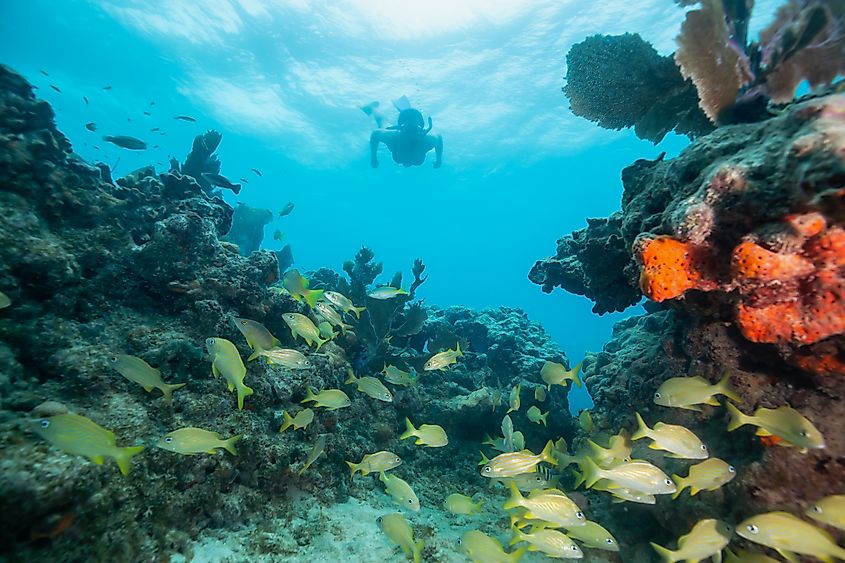
Formed roughly 10,000 years ago, Florida's 350-mile-long Coral Reef is not only one of the Natural Wonders of Florida but also one of the country’s greatest landmarks. It is the only coral reef system in the continental United States and the third-largest barrier reef in the world. Around two-thirds of the reef is protected in the Florida Keys National Marine Sanctuary and Biscayne National Park.
Biscayne’s coral colonies range in size, shape, and color, resembling an intricate underwater garden. Unique varieties include elkhorn coral, brain coral, and smooth flower coral, along with soft coral species like the feathery purple sea plume. With sea sponges, algae, and sea fans filling the gaps with vibrant colors and otherworldly textures, the result is truly mesmerizing.
As a whole, Florida's Coral Reef generates over $6.3 billion in tourism every year, attracting people from all over the world with its awe-inspiring underwater scenes. The reef supports over 500 marine species, including manatees, sea turtles, and colorful fish like parrotfish, neon blue gobies, and blue tangs. However, this barely scratches the surface of what you can discover beneath the waves at Biscayne National Park.
Boca Chita Key And Elliott Key
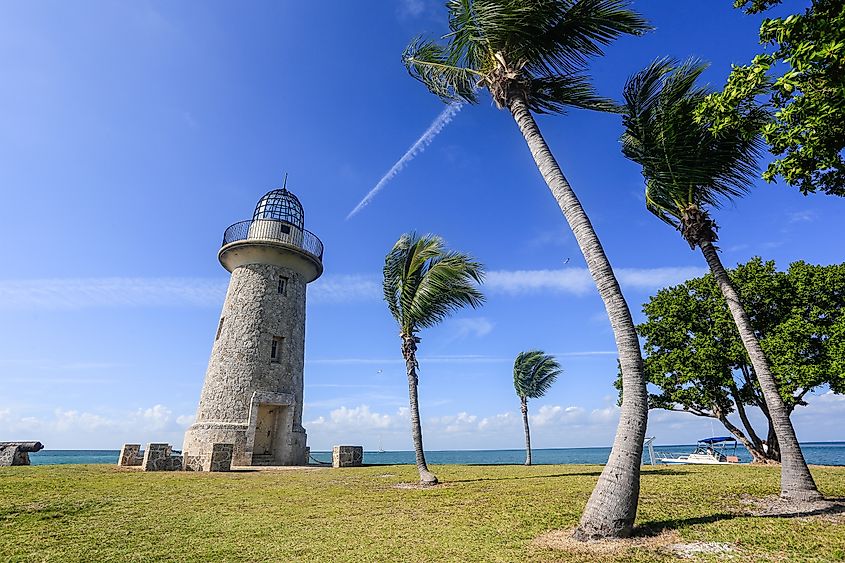
Although the majority of Biscayne National Park is underwater, its islands are equally worth exploring. Boca Chita is the most popular and most visited of the keys due to its natural beauty and history. The island features a sheltered lagoon, guarded by a striking 1930s lighthouse built by Mark Honeywell, the island’s former owner.
Elliot Key, the largest of Biscayne National Park’s islands, is also one of its more popular keys. Once home to pioneer pineapple farmers, spongers, and shipwreck salvagers, today it is a tourist hub. Visitors are drawn to its scenic mangrove forests, tropical hardwood hammocks, and beaches.
Top Things to Do In Biscayne National Park
Snorkeling Adventures
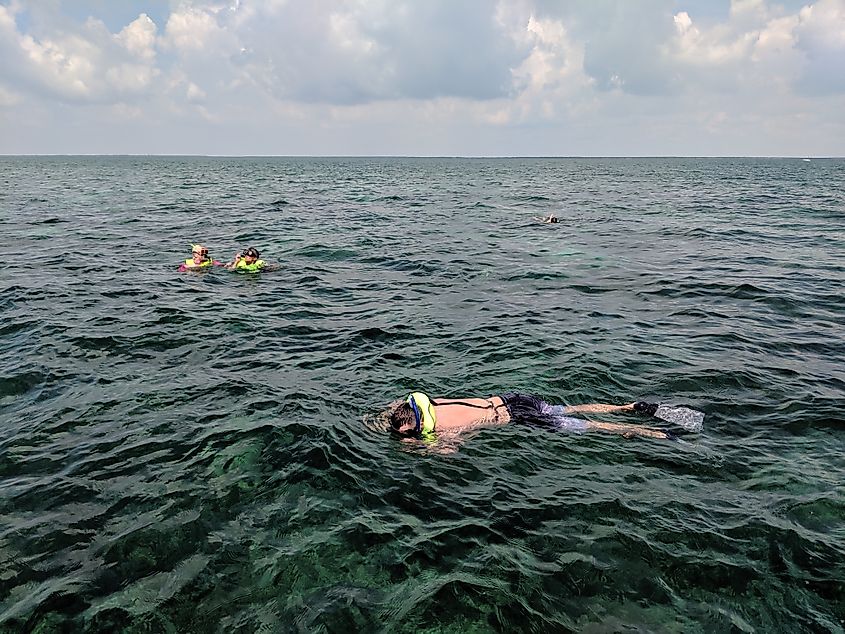
There are countless ways to explore Biscayne’s undersea paradise, but the most popular by far is snorkeling. Boat owners will often use islands like Boca Chita as a jumping-off point for underwater fun, while tourists generally prefer taking a snorkeling tour through the Biscayne National Park Institute. When booking through the Institute, there are countless tour options to choose from, with something for every age and ability.
For young and inexperienced visitors, the Snorkeling for Beginners tour is great for first-timers. Bear in mind, this beginner-friendly excursion will not reach the reefs, as it stays within the bay’s calmer waters. Alternatively, Biscayne National Park’s renowned reefs can be seen on the Snorkel Experience tour. Although snorkel locations are dependent on the weather, potential sites include: open ocean coral reefs, bayside mangroves, and shipwreck sites.
Exploring Shipwrecks On The Maritime Heritage Trail
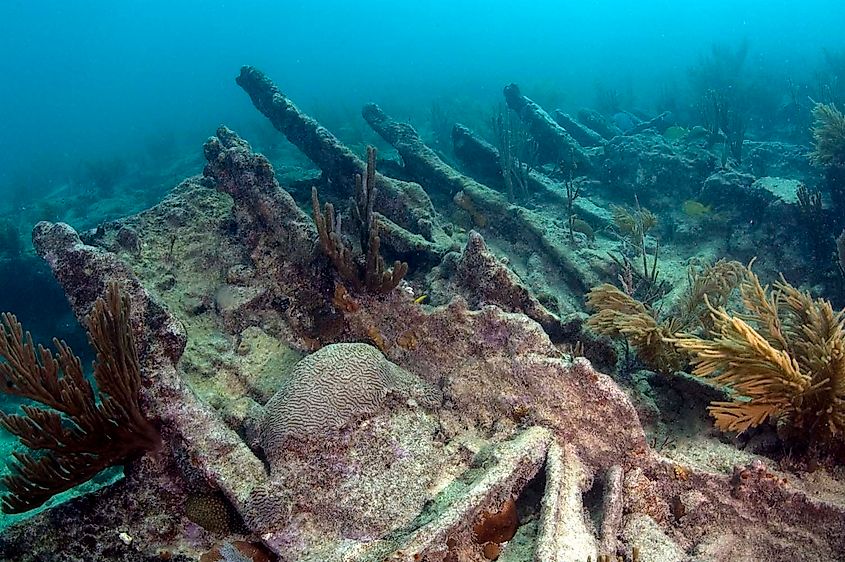
For shipwreck enthusiasts, diving or snorkeling the Maritime Heritage Trail is a bucket list-worthy experience. Along the trail, six historic wrecks can be visited, varying in size and representing various eras of maritime history. Since these sites are only accessible by boat, travelers can book excursions with the Biscayne National Park Institute, including their Scuba Eco-adventure or previously mentioned Snorkel Experience.
Three of the trail’s wreckage sites can be enjoyed while snorkelling, including the Mandalay, a windjammer fleet that sank in 1966. Due to their depth, the Erl King, Alicia, and Lugano are more ideal for divers. One of the oldest of the 6 vessels, the Erl King sank in 1891, reflecting the era’s transition to steel. The Alicia sank just 14 years later in 1905, followed by the massive Lugano in 1913, at the time the largest ship to sink in the Florida Keys. While they have decayed at varying rates, each skeleton vessel is a haunting and fascinating slice of history worth seeing.
Wildlife Watching
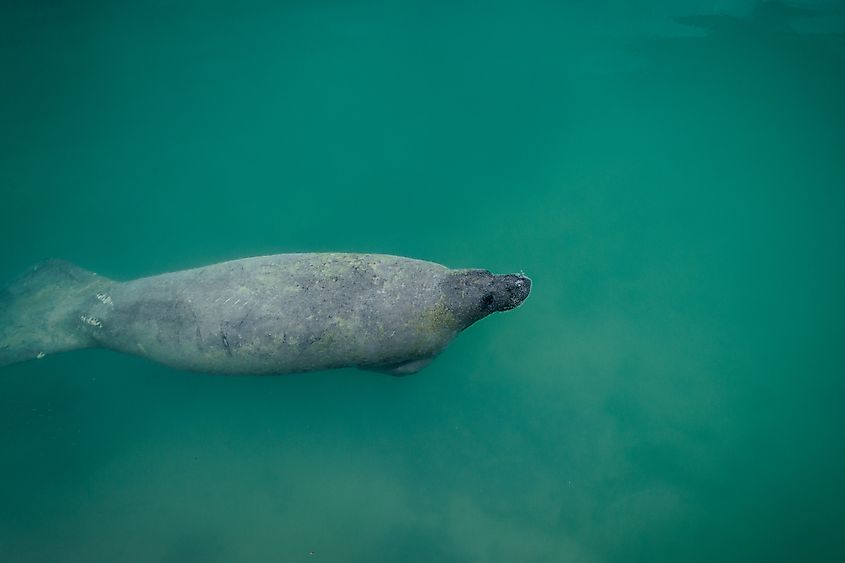
Biscayne National Park is also a haven for wildlife lovers, whether diving beneath the sea or exploring an island trail. Within the park’s boundaries, over 600 species of sea life and birds thrive in the park’s diverse ecosystems, including over 30 threatened and endangered species. This includes the endangered and breathtaking Schaus Swallowtail butterfly, a rare sight mainly spotted in the summer on Elliott Key.
More common sightings include manatees, which are best spotted in winter. When temperatures cool, these gentle giants can frequently be seen swimming closer to land in search of warm waters like those at the Dante Fascell Visitor Center. Alternatively, spring and summer months are the best times to see pods of bottlenose dolphins, jumping about in the open bay or near Elliott Key and Boca Chita Key.
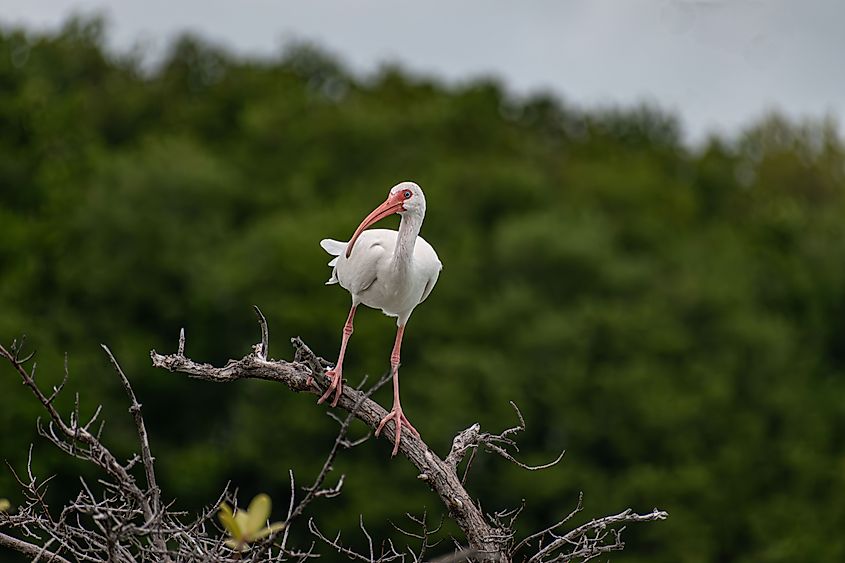
For birders and land lovers, Biscayne Birding Trail Locations offer the best of both worlds. On Elliot Key, Caribbean birds like the Bahama mockingbird can sometimes be spotted along with native Brown Pelicans. The Jetty Trail at Convoy Point is another great spot for birders, with the chance to spot mangrove cuckoos, shorebirds, and double-crested cormorants, most commonly in the winter.
Island Camping

With so much to see and do, many opt to camp at Biscayne National Park. Overnight guests can choose between two island campgrounds at Elliott Key and Boca Chita Key. Both can only be accessed by boat, meaning waterfront views and seclusion are guaranteed. Keep in mind, mosquitoes are present on the islands year-round, so you will want to pack a few cans of bug spray.
Boca Chita stands out for its proximity to Miami, offering a picturesque half-mile hiking trail and palm-shaded picnic tables. Alternatively, Elliot offers two scenic trails through tropical hardwood hammock, one stretching 7 miles while the other is a more reasonable 1-mile loop. Elliot is also known for its beaches, making it the preferred island for those looking to swim.
The Takeaway
For travelers looking to experience the ocean’s vast and awe-inspiring sights and scenes, there is truly no better place than Biscayne National Park. From its maritime history to its underwater splendor, this Florida park has something memorable for everyone. Whether enjoying views of the Biscayne Bay from an island, booking a beginner-friendly snorkel experience, or diving deeper to a coral garden or historic shipwreck, Biscayne is as diverse as the sea life that calls it home.




